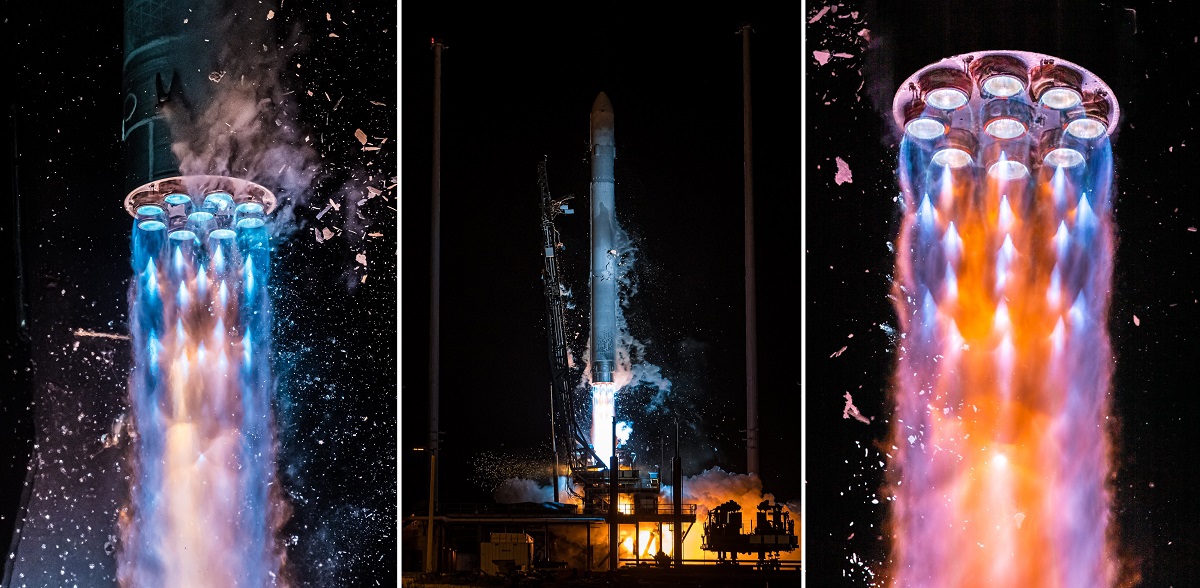Relativity Space has successfully launched the world's first 3D-printed Terran 1 rocket, but it failed to reach orbit

Relativity Space was not able to launch the Terran 1 rocket on its first attempt. 85% of the components were printed on a 3D printer.
Here's What We Know
The rocket was launched from Launch Complex 16 at Cape Canaveral. The launch took place on March 23 at 23:25 (EDT) or 20:25 (PDT). Terran 1 successfully lifted off and survived the Max-Q stage with maximum overload.
Today's launch proved Relativity's 3D-printed rocket technology that will enable our next vehicle, Terran R. We successfully made it through Max-Q, the highest stress state on our printed structures. This is the biggest proof point for our novel additive manufacturing approach.... pic.twitter.com/9iaFVwYoqe
- Relativity Space (@relativityspace) March 23, 2023
A few minutes after liftoff, the first and second stages successfully separated. However, the upper stage was unable to reach orbit. The reason was the failure of the sole engine of the second stage, which was detected about 4 minutes after launch.
It's launch day. #GLHF pic.twitter.com/swkXumHnEh
- Relativity Space (@relativityspace) March 22, 2023
Terran 1 carried no payload. Despite the launch failure, Relativity Space was satisfied with its Good Luck, Have Fun mission. The company said that applying 3D printing allows it to build new rockets within two months.
Source: Relativity Space